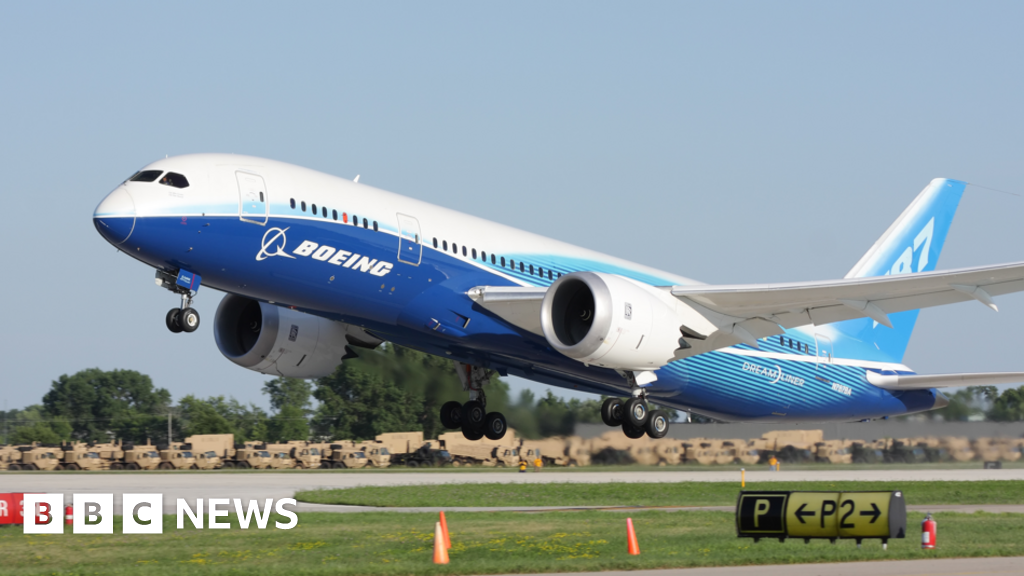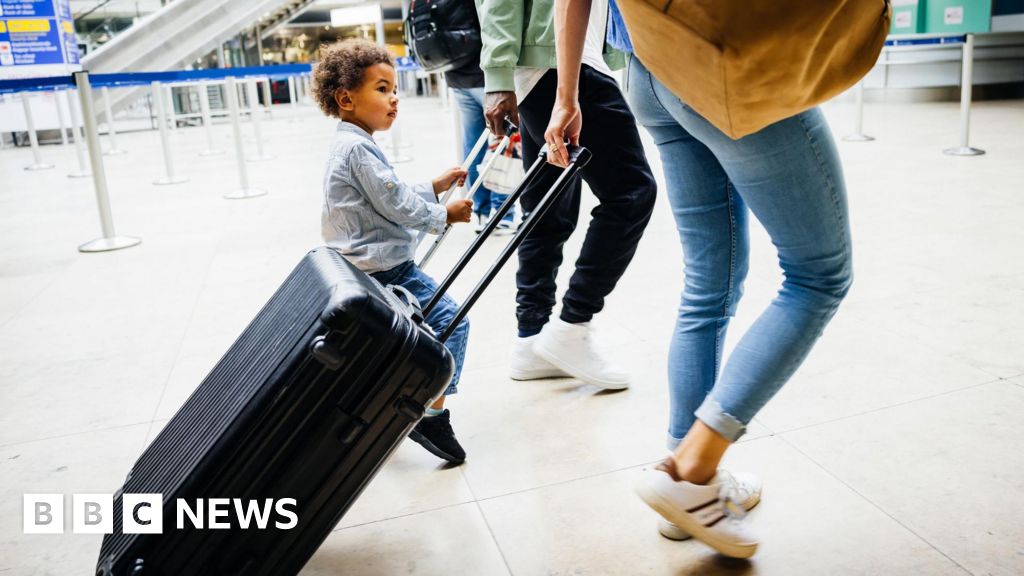Inflation may be cooling — just not yet fast enough for the Federal Reserve.
Chair Jerome Powell offered a nuanced view Wednesday of how the Fed intends to address its core challenge at a time when inflation is both way below its peak but still well above the central bank’s 2% target: Give it more time, and maybe some help from additional interest rate hikes.
Yet on a hopeful note, Powell also suggested that the trends that are needed to further slow inflation, from lower rents to slower-growing wages, are starting to click into place.
As a result, the Fed decided Wednesday to forgo another increase in its benchmark interest rate, leaving it at about 5.1%. The pause followed 10 straight hikes in 15 months — the fastest series of increases in four decades.
By leaving rates alone, at least for now, Powell and other top Fed officials hope to use the extra time to more fully assess how higher borrowing rates have affected inflation and the economy. They also want to see whether the collapse of three large banks this spring will weigh on lending and growth.
In a surprisingly hawkish signal, the Fed officials issued projections Wednesday showing they envision as many as two additional quarter-point rate hikes before the year ends. (Hawks generally favor higher rates to quell inflation, while doves typically advocate lower rates to aid a healthy job market.) Before this week’s policy meeting, Fed watchers had expected the officials to signal just one more rate increase this year.
In their new projections, the members of the Fed’s interest-rate committee were less divided than many economists had expected, with 12 of the 18 policymakers foreseeing at least two more quarter-point rate increases. Four favored one quarter-point hike. Only two envisioned keeping rates unchanged. The policymakers also predicted that their benchmark rate will stay higher for longer than they had envisioned three months ago.
Powell noted that many economists expect rental costs, a key driver of current inflation, to steadily decline in the coming months. He also said wage growth has slowed and noted some signs that the job market is cooling. Those factors, he added, should reduce inflationary pressures.
“I would almost say that the conditions that we need to see in place to get inflation down are coming into place,” Powell said. “But the process of that actually working on inflation is going to take some time.”
Inflation dropped to 4% in May compared with a year ago, down sharply from a 9.1% peak last June. And many economists expect it to decline further. Rental costs are falling, and used car prices, which spiked in April and May, are also likely to drop.
Yet Powell underscored that the Fed will need to feel confident that inflation is moving steadily closer to its 2% target.
“We’re two and a quarter years into this, and forecasters, including Fed forecasters, have consistently thought that inflation was about to turn down … and been wrong,” he said. “We want to get inflation down to 2%, and we just don’t see that yet.”
Still, Powell stopped short of saying the Fed’s policymakers have committed to resuming their hikes when they next meet in late July. At one point in the news conference, he referred to Wednesday’s decision as a “skip,” which would imply that the Fed planned to raise rates at the July meeting.
He then corrected himself: “I shouldn’t call it a skip,” he said.
But Powell emphasized that the Fed wants to move more slowly after its breakneck pace last year, when it carried out four straight three-quarter-point hikes, followed by a half-point increase and then three quarter-point hikes this year.
The Fed’s aggressive streak of rate hikes, which have made mortgages, auto loans, credit cards and business borrowing costlier, have been intended to slow spending and defeat the worst bout of inflation in four decades. Average credit card rates have surpassed 20% to a record high.
“Given how far we have come, it may make sense for rates to move higher but at a more moderate pace,” he said. “It’s just the idea that we’re trying to get this right.”
Should inflation come down further, some economists think the Fed may not actually have to raise rates again.
“With inflation set to moderate noticeably, we are skeptical that the Fed will resume hiking interest rates,” Ryan Sweet, chief U.S. economist of Oxford Economics, wrote in a note. “Our baseline forecast is for the Fed to remain on hold through the remainder of this year before gradually easing in early 2024.”
One reason why Fed officials may be predicting additional rate hikes is that the economy has remained surprisingly resilient this year, with more persistent inflation that might require higher rates to cool. Their updated forecasts show them predicting economic growth of 1% for 2023, an upgrade from a meager 0.4% forecast in March. And they expect “core” inflation, which excludes volatile food and energy prices, of 3.9% by year’s end, higher than they expected three months ago.
Powell and other top policymakers have also indicated that they want to assess how much a pullback in bank lending might be weakening the economy. Banks have been slowing their lending — and demand for loans has fallen — as interest rates have risen. Some analysts have expressed concern that the collapse of three large banks last spring could cause nervous lenders to sharply tighten their loan qualifications.
The economy has so far fared better than the central bank and most economists had expected at the beginning of the year. Companies are still hiring at a robust pace, which has helped encourage many people to keep spending, particularly on travel, dining out and entertainment.
Credit: Source link











